Revealing effective tools to help reduce greenhouse gas emissions
Sharing at the Vietnam Net Zero Forum 2025: Carbon market in the new era on the morning of July 18, co-organized by the Institute of Development Consulting (CODE) and TheLEADER Electronic Magazine, Mr. Nguyen Tuan Quang, Deputy Director of the Department of Climate Change ( Ministry of Agriculture and Environment ) emphasized that the impact of climate change is and will be extremely severe if the world does not have a response solution.
At the COP26 conference, the Prime Minister committed that Vietnam would aim to achieve Net Zero by 2050 with international support. Immediately afterwards, the Government issued a project to implement this commitment with 5 main solutions to be implemented.
The first is energy transition, gradually shifting from fossil fuels to clean energy. This is an extremely important factor and requires great effort.
However, the nature of renewable energy is unstable. Mr. Quang cited statistics from EVN showing that the stability of power farms in the South is 5 hours/day, while in the North it is 3 hours/day. The problem with clean energy and renewable energy is the need for a storage system.
The second solution is to use resources economically and efficiently. Currently, the economy is being oriented to shift to a green economy and a circular economy.
The third is to develop forests and ecosystems. These ecosystems will help absorb carbon. In particular, coastal forests can absorb 3.4 times more carbon than terrestrial forests. The fourth is to capture and store carbon. These are expensive solutions, but with advances in science and technology, there will be solutions.
The fifth is carbon pricing. A representative of the Ministry of Agriculture and Environment said that many countries in the world are currently applying this measure. This solution has two main measures including carbon tax and carbon market. According to Mr. Quang, carbon pricing solution controls up to 28% of greenhouse gas emissions.
Mr. Tuan Quang assessed that this solution is very effective. For example, Europe has reduced emissions by 30% when applying it. Singapore has implemented a carbon tax to reduce emissions. China and other countries are also researching and implementing it.
In Vietnam, on January 24, the Government approved the carbon market development project and outlined a roadmap for trial operation from now until 2028. From 2029, the carbon market will be officially operated and connected to the world. Previously, since the 2000s, Vietnam has also participated in the world carbon market through other independent mechanisms. Currently, ministries and sectors are urgently building a legal corridor to shape the carbon market by the end of this year.
The Ministry of Finance has submitted to the Government a proposal for a carbon trading floor. This trading floor focuses on trading domestic carbon credits according to international standards and other independent mechanisms.
However, Mr. Quang also noted that carbon credits need to comply with international standards and calculation methods. Carbon credit transactions need to be regulated by the State to ensure the commitments of Vietnam and domestic industries.
He cited the Vietnamese aviation industry's registration to participate in the voluntary phase of CORSIA (Carbon Reduction and Offsetting Mechanism for International Flights), starting from January 1, 2026.
If domestic carbon credits are not available for offset, domestic airlines will have to buy them from abroad. The estimated number is about 2.3 million carbon credits. Similarly, other carriers such as shipping companies also need to buy carbon credits.

Dr. Le Xuan Nghia speaks at the event (Photo: Organizing Committee).
New pressure on the aviation industry
Commenting on this issue, Dr. Le Xuan Nghia said that the Vietnamese aviation industry, which is already facing difficulties, will be under even more pressure when complying with greenhouse gas emission reductions.
He suggested three solutions for aviation businesses in this situation. First, units must reduce energy consumption, save electricity at airports, on the ground and on planes. Second, find new energy sources, but this is very difficult to implement. Third, buy forest carbon credits to compensate.
However, Mr. Le Xuan Nghia predicted that airlines will change ticket prices and consumers will be the ones to pay the carbon tax. According to estimates in European countries, airfares could increase by 3-8% when carbon taxes are applied.
Experts say the third solution is the most feasible because forest carbon credits in Vietnam are quite abundant for compensation.
Dr. Tang The Cuong, Director of the Department of Climate Change, Ministry of Agriculture and Environment, said that Vietnam is assessed by international experts and partners as one of the countries with great potential for reducing greenhouse gas emissions and creating carbon credits.
Vietnam currently has a relatively high forest coverage rate (over 42%) as well as conditions for forest development, forest protection, forest enrichment, and increasing forest carbon stocks. The exchange of carbon credits to the world has been carried out by businesses since the mid-2000s when implementing programs and projects under the Clean Development Mechanism (CDM).
Vietnam has become one of the four countries with the most CDM projects, after China, Brazil, and India; ranking 9th out of 80 countries with CDM projects granted carbon credits, focusing mainly on the fields of renewable energy production and energy saving.
In the forestry sector, Vietnam has traded 10.3 million tons of CO2 as a result of emission reductions from forests in the North Central region.
Source: https://dantri.com.vn/kinh-doanh/gia-ve-may-bay-co-the-tang-tu-nam-2026-vi-dieu-nay-20250718135431134.htm















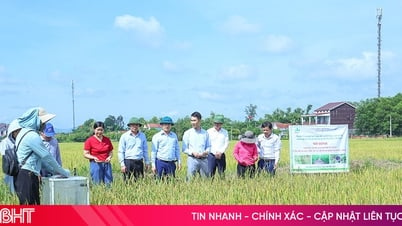



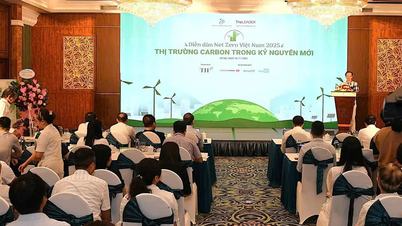
















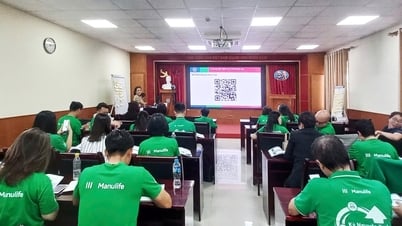











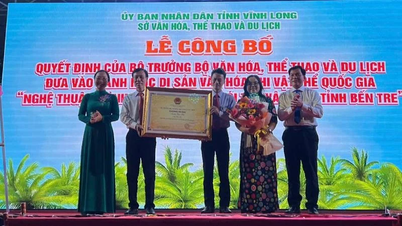



































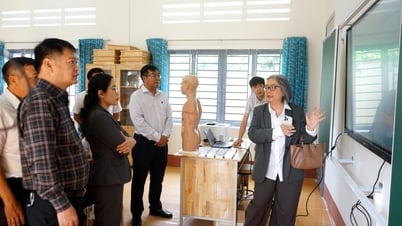

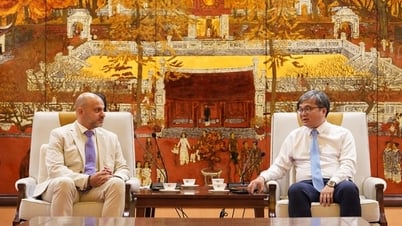





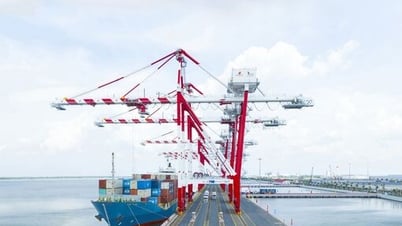

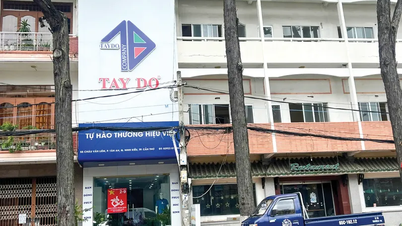












Comment (0)